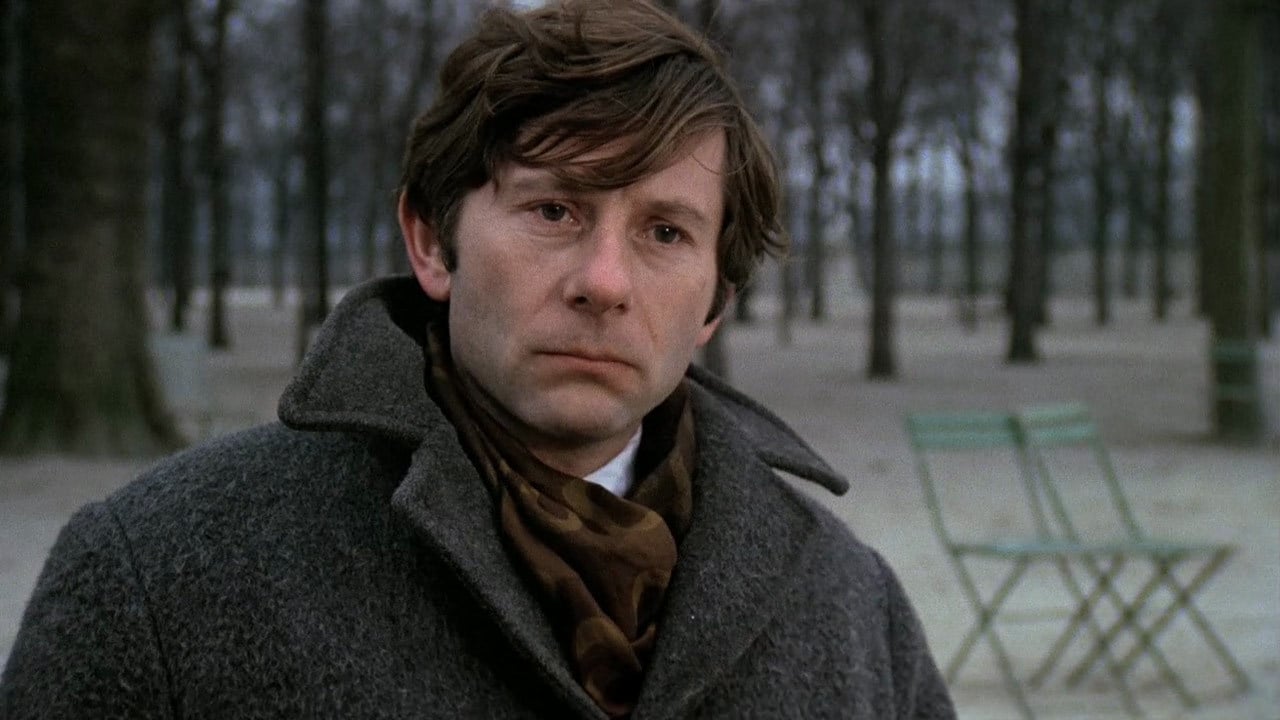
One of the things which drives to craziness those who don’t subscribe to the auteur theory, the one which states that the director must be the “author” and prime mover of the film, is the fact that the practitioners of the theory, by implication if not implicitly, insist that any film by a film maker considered an auteur must inherently be great, or at least a work of art demanding consideration. While it does, barring unusual circumstances, take a great film maker to make a great film, it really doesn’t follow that any and every film of a great film maker must be great, or even good.
However, that doesn’t mean that, also, that even a great film maker’s films can’t fall somewhere in-between and be good films, if not GREAT ones. In the last analysis, even a less well known or thoughtful of film of a masterful, professional and skilled film maker can be a better viewing experience than many films coming from lesser lights. While the films on the list below may not be the first to come to mind when their makers are discussed, all are worthy and good ways to spend a few hours at the very least.
1. Spies (1928) – Fritz Lang
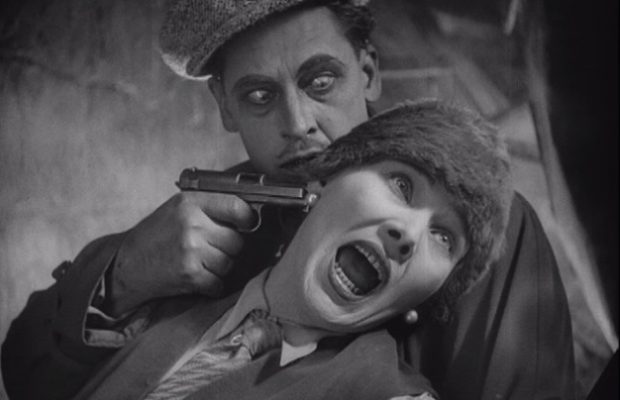
Film and theater historian Ethan Mordden once wrote that big ones can kill. A big project, hit or flop, does cast a long shadow and whatever follows may not always have the metaphorical sunlight to grown and develop properly. One might make a good case for noted German director Fritz Lang’s career mostly suffering from a prolonged post-big one shadow.
Most of those who know anything at all about film know of the mammoth 1927 science fiction classic Metropolis, one of the few silent films still widely famous today. This film was not just a pioneering effort but a film made on a lavish scale very rarely seen before or since. Actually, way too lavish, since, as it turned out, it was too expensive for it literally to be possible for the film to make back its production costs.
Thanks to this, the great German studio UFA, of which Lang had been one of the great talents, put the director on the persona no grata list and he never worked there again. This left him to work at smaller studio on somewhat scaled down films. Many of these films harkened back to earlier Lang successes.
One of Lang’s first hits was the hero and (mostly) villain melodrama Dr. Mabuse in 1922. This elaborate production anticipated the many super-hero-villain films to come, such as the James Bond films. Being down on their luck a bit, Lang and his screenwriter and then wife, Thea Von Harbou, concocted a very similar story and even got their Dr. Mabuse, actor Rudolph Klein-Rogge, to play the new film’s master fiend, a supposedly respectable banker intent on ruling Europe, if not the world. (Klein-Rogge had been married to Von Harbou until she left him for Lang, yet they all continued to work together for years, which must have made the sets of their pictures quite interesting.)
The plot of the film involves a secret treaty which the villain wishes to steal in order to manipulate world events. Thankfully, a spy organization working on the side of the angels is on to his organization (even if they don’t at first know who is behind the plot and certainly don’t know of his many disguises). They have put their best man, Agent 326 (Willy Fritsch) on the case. This is good since the banker has put his best female agent, Sonya (Gerda Maurus), on the job.
Plotwise, as with most of Von Harbou’s scripts, this is all simply preposterous. However, her pulpy imagination, combined with the work of a variety of excellent artists and artisans on the crew, stimulated Lang’s creative juices to a large degree. If the story is silly (and it is) then the execution and imagery more than compensate. (Though, except for Lupu Pick, playing a tragic Japanese diplomat, the acting, as usual with Lang, isn’t notable.)
This was, in its own way , a quite influential film. Anyone knowing Alfred Hitchcock’s British work can see one thing after another which he recycled from this film (though he claimed to have been barely conscious of Lang’s work) and can also be found in such later films as Ridley Scott’s neo-sci-fi classic Blade Runner (1982). Will Spies ever replace Metropolis with viewers and historians? Not a chance, but it is a memorable film in its own right.
2. City Girl (1930) – F.W. Murnau
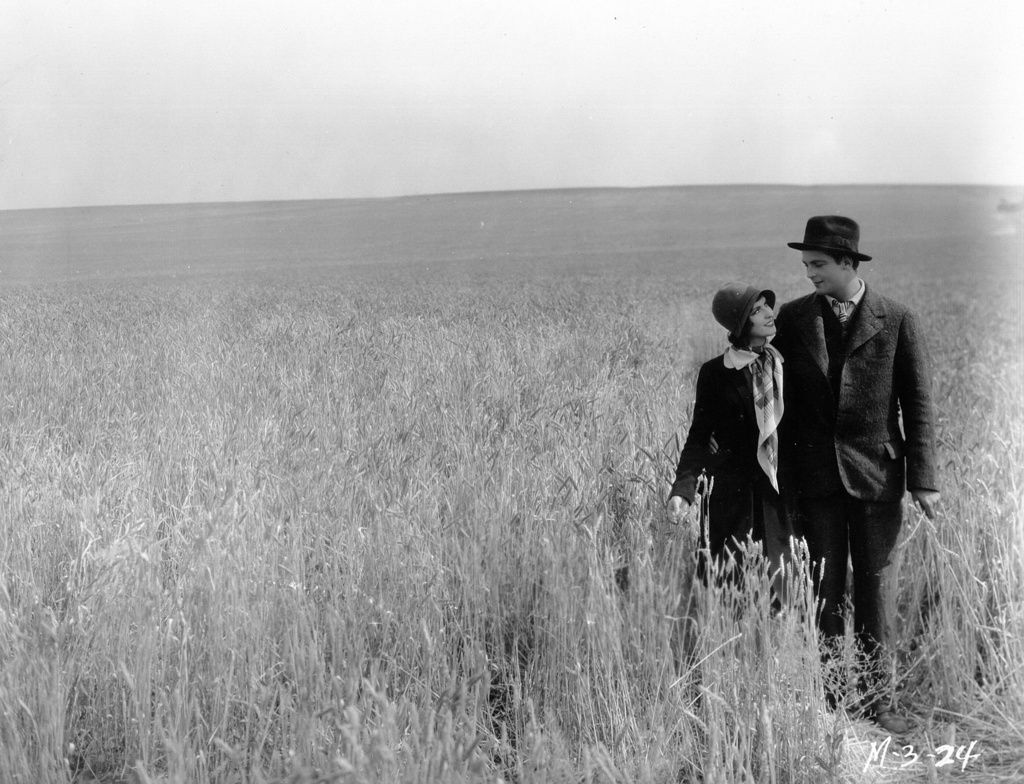
Another German film artist, F.W. Murnau came to Hollywood at what turned out to be the tail end of the silent era, something he, as a non-English speaker, couldn’t traverse. In fact, all of his films after leaving Germany in 1927, came out so late in the silent day that they all had soundtracks consisting of the film’s scores and sound effects.
His Hollywood masterpiece was 1928’s Sunrise (well, just plain masterpiece period, really) and it was a big one: imposing to critics and discerning viewers, too few of which paid to see it, making it a big box office flop. As with Lang, Murnau was in an uncomfortable position with the people in the front offices.
Murnau still had two pictures to go on his three picture contact with Fox and, to their credit, the studio, which could have found a legal way out of the contract, still valued the prestige of having Murnau working at their studio and honored the deal for the remaining pictures.
The next one up after Sunrise was the now long lost 4 Devils, a circus based drama starring his Sunrise leading lady Janet Gaynor. The present day world may well never know the true value of this picture but things apparently went smoothly enough to proceed with picture number three, the focus of this piece, City Girl.
Murnau was fascinated with rural, basic life in the US and how it compared, or was quite similar, to the lives of those who lived in other parts of the world. The picture he conceived in his head was to have been called Our Daily Bread (and had no connection to King Vidor’s famous independent 1934 film bearing that title).
The thrust of his plot was to have been on the time honored traditions which governed the lives of those tilling the land and the interaction of these people to the wife of a native son, a woman born and raised in the city. The idea was to show both the wonder and terror of nature from the young woman’s point of view and, also, how she would bring some small but lovely new ideas to the farm folk she encounters.
Well, to say that the production of this one was bumpy is a great understatement. Just as with Sunrise, Murnau caused the budget to go sky high by insisting that the main set (a working farm), be built to realistic scale and be fully functional and that it be built in an authentic location far from the studio (the wilds of Oregon in this case). This took some doing but done it was.
However, the studio couldn’t accommodate his next request: the services of Miss Gaynor for yet another film as her popularity had skyrocketed and she was greatly in demand. Instead he was given Mary Duncan, a non-star getting plums due to a personal relationship with someone in the front office and, as leading man, Miss Gaynor’s frequent co-star Charles Ferrell, a very handsome young actor whose talent was largely limited to his looks.
Thankfully there was a good supporting cast chose including Ernest Torrance, Edith Yorke and child actress Dawn Parrish, who would find a measure of stardom as an adult actress under the name Anne Shirley. It was also determined that Murnau would shoot a completely silent version but, also, that a part-sound version would be made with others shooting the sound footage, since Murnau had no interest in sound.
This might have still worked well enough except that a violent upheaval involving ownership of the studio took place during production and, when the smoke cleared, the new management was not favorable to Murnau. He left the studio and, largely, the country and went to the south seas to film one of the very last silent films (and a great one it was), 1931’s Tabu.
As for the film now labeled City Girl, the part-talkie version was the one widely released to tepid reviews and business. Thankfully, the silent version, which is more Murnau’s film than not, is the one which survives and is in circulation today.
Though the later reels do feel a bit ordinary and compromised, the first half of the film is right up there with Murnau’s best work, featuring ingenious cross-editing, telling symbolism, and lovely imagery. Is this, as a whole, up there with Sunrise or 1924’s The Last Laugh? No, not really, but that doesn’t mean that it should be forgotten or overlooked.
3. La Dames du Bois du Boulogne (1945) – Robert Bresson
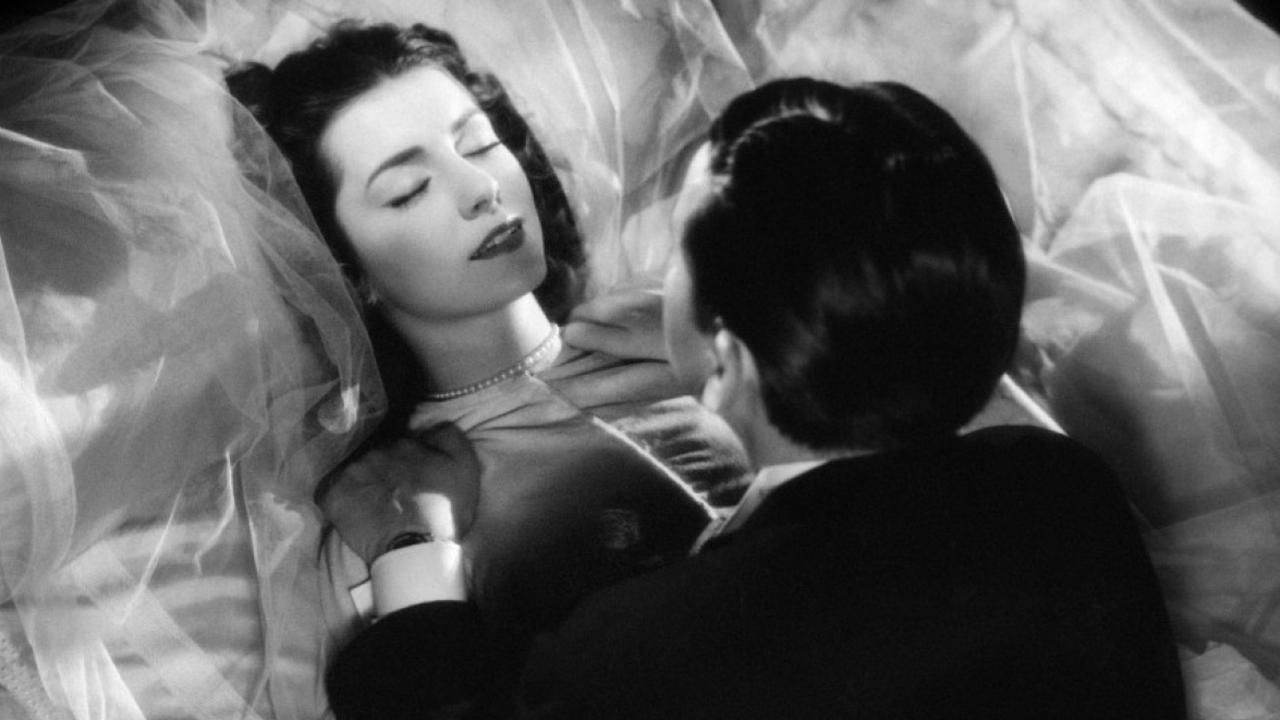
Virtually anyone who is interested in the art of cinema at least has a nodding acquaintance with the work of France’s Robert Bresson. His stark, unelaborated, deliberately minimalistic moral explorations into the lives of characters facing moral and/or philosophical issues are quite famous among critics, historians and anyone who might lay claim to being a film student or a discerning film viewer.
His work is well known for his use of non-professional actors who were forbidden to inject any emotion at all into their lines and for his simple (but elegant) camera set-ups. However, his work was not always made in this vein. When he began his film career, in time when classically formal French film making was in full flower, he tried to play the game in the manner of those making film around him and, though he was good at it, he found that he just couldn’t continue on in that manner.
Bresson had made his debut during the occupation period with the religious drama Les Anges du Peche in 1943 but didn’t really reach public notice until the release of his second film La Dames du Bois du Boulogne. This film was taken from a novel well known in France, a dark comedy-drama of grand scale game-playing and manipulation among the privileged classes of France, akin to the classic French novel Les Liasions Dangerereuses.
The dialog for this film was co-supplied by no less than France’s greatest artistic jack-of-all-trades Jean Cocteau, who was taking this young artist under his wing must has he would another French great, Jean-Pierre Melville, a few years later. The rub in this is that in both cases, though he seems to have meant well, Cocteau ended up causing both young men to make a film such as he would have made (which were great in a florid, baroque sort of way) instead of the kind of films either would have made left to their own devices.
The story here concerns an angry, hurt society woman (Cocteau fave Maria Casares) who devises a cruel plot in which her ex-lover (Paul Bernard) will be tricked into marriage with a prostitute. The young woman (Élina Labourdette) is actually a morally sound person who has fallen on hard times and is doing whatever she must to support not just herself but her financially strapped mother. The hateful plan goes on without a hitch but brings unexpected consequences.
This plot sounds good in a fancy dress melodrama sort of way and, honestly, the film plays well as that. However, anyone looking at this to find seeds of Bresson’s later groundbreaking sort of work will be appalled. OK, this film isn’t that but it is well made for what it is and what it is was what it was meant to be. The later day response to this film is one which requires a sort of realignment of thinking.
It doesn’t help that Bresson immediately thereafter changed to the style he employed for the rest of his working life and scorned his first two films for being more “commercial” than he liked. However, one should keep in mind that, in the end, it is show business and not show art. The cinematic world is richer for a visionary like Bresson and his fine work but there’s a place in it for films such as this as well.
4. Othello (1951) – Orson Welles
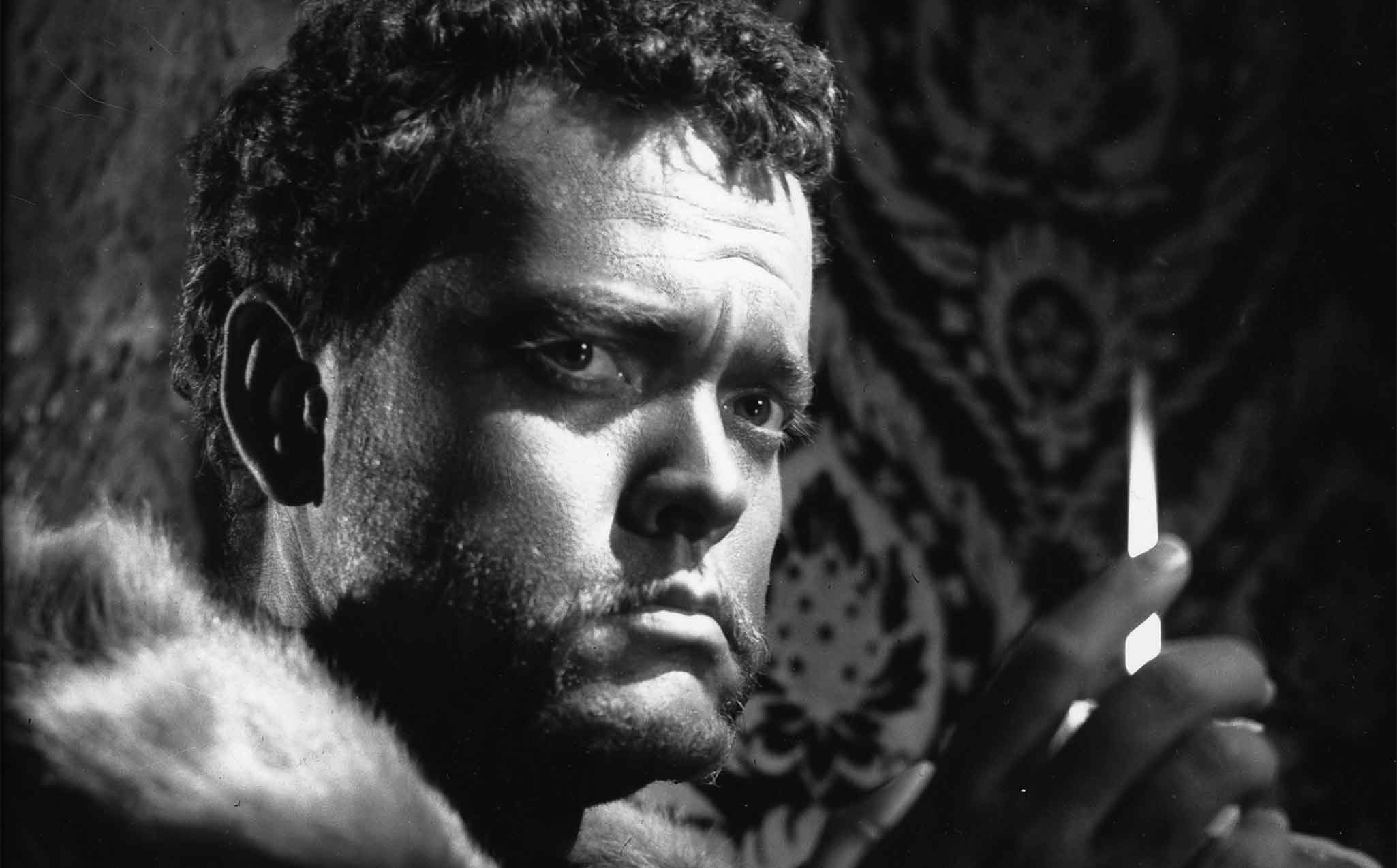
Orson Welles often made the mordant joke that he started at the top and worked his way down. Like all good jokes, it contains a kernel or two of truth. He came to Hollywood in a blaze of publicity with a contract such as no one had ever had before (and very few since) to make 1941’s immortal Citizen Kane at quality R.K.O studios. After 1947’s MacBeth, made at the M.G.M. of poverty row, Republic, he was metaphorically ridden out of town on a rail (the Columbia made The Lady From Shanghai, released the next year, had been shot earlier but had been kicking around editing rooms and vaults for awhile).
Hollywood was closed to him and he didn’t want to go back to his old stomping grounds, New York City, and the theater and radio which had spawned him. So, he took off for Europe, where he expected to be better understood as an artist and better able to find backers for films which he could make his way, without interference. Well, he did find a good number of individuals who celebrated his artistry but as for the second part….
Though he did find some backers along the way, usually of the morally dubious and shady kind whose money had a habit of drying up at the worst times, he generally had to rely on his somewhat healthy status as an actor to supply funding for his films. This never more true than in the case of his first independent European production, Othello.
Welles had been involved with the works of William Shakespeare literally since childhood (when he wrote a book on the Bard, explaining his work to other, less gifted, children!) and had done innovative productions of the great playwright’s work for several years. He also recognized that Shakespeare’s works were the finest material available in the public domain.
Welles, too, had a good eye for locations and planned to dispense with sets and shoot his films on authentic locations. So far so good, but things such as actor’s salaries, financial compensation for those working behind the camera, fees for shooting on locations, and such incidentals as costumes did cost something. He found this out the hard way as the roughly three week shooting schedule of the film, stretched out over several countries, three changes of cast and numerous cinematic artisans, and three years. In the end, though, what might well have logically been considered a mess in the making turned out to be pretty magical.
Admittedly, this hour and half version of the tragedy of the jealous, manipulated Moor of Venice pares away much of the original play (see 1965’s Othello with Laurence Olivier and Maggie Smith, a finely acted but cinematically dead film, to see the whole work).
However, it might well be argued that this film, stunningly shot in black and white on exceptionally well chosen locations (picked from all over Europe and northern Africa), conveys the story in a vibrantly vital and cinematic fashion which a mere rendering of words (admittedly, among the most glorious words in the English language) could match.
The tone is set with the magnificent opening, departing at once from the Bard, opening without dialog at the story’s end with the funeral procession for the dead and a glimpse of the punishment awaiting the culprit (hoisted in a cage into the air with POV shots showing that he is being made to observe the effects of what he has caused).
In an age which valued by-the-book film making from major studios and production companies, this true indie, shot for pennies, but with ingenuity making up for one disadvantage after another, was doomed in its own time (though it did win top honors at Cannes). Today it looks exciting with it troubled history just an interesting sideline (even more so in the recently rediscovered and preferred European cut).
5. Le Plaisir (1952) – Max Ophuls
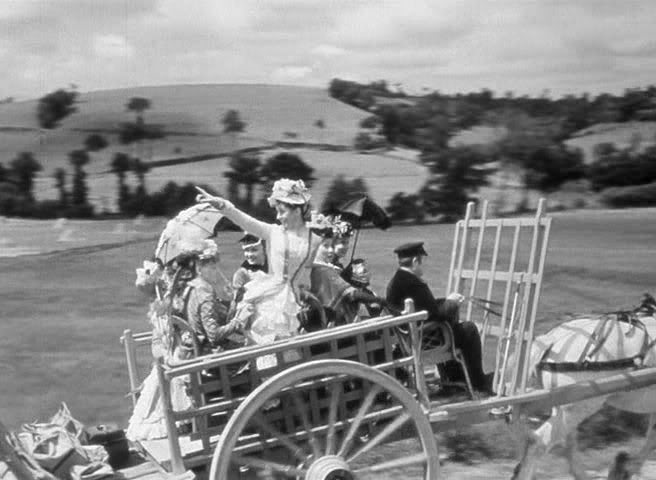
Austrian born French film maker Max Ophuls, famed for his endless tracking shots, stunningly beautiful mise-en-scene, and tenderly sad and knowing view of the world, had great talent and awful luck. He was a hit early in his career in 1930s Europe but had to flee to the U.S. as the Nazi shadow fell over that continent.
He landed in Hollywood where he unwittingly waltzed into the professional arms of eccentric billionaire Howard Hughes, causing him to waste a few valuable years, only getting back to work as the war period ended and making four films which were indifferently received (three of which, one in particular, look like masterpieces today). He then went back to Europe and, in the abbreviated time he had left to live, made four films, three hits and all of them, particularly the last, a notorious flop in its own time, considered among his very best work in retrospect.
The flop cum seminal film was his finale, the now renowned Lola Montes (1955). What might be actually his ultimate masterpiece was the exquisite 1953 film The Earrings of Madame de… 1950’s funny, sharply knowing, yet very humane La Ronde was the most popular of all in its own day. That leaves number four, now the least known of the pack, but not one deserving of that ignominy.
Le Plaisir (a.k.a. The House of Pleasure) is an example of something which was long popular in Europe but which has never made in inroad with U.S. audiences: it is an omnibus film. Unlike very many of its ilk, it does not have short segments created by a variety of film making teams but, rather, all are the work of the same film maker and his crew with only the actors of each segment changing from story to story. Stories one and three (especially) are highly dramatic with story two being a rare comedy work from Ophuls.
Story one involves what appears to be a dandyish young man wearing a mask dancing wildly in fin de siecle ballrooms until his collapse reveals a sad secret concerning his supposedly frivolous behavior. Story two has a brothel closing down on a crucial Saturday night when the madame journeys with her employees to a far away town for her niece’s first communion, only to cause a furor among her clientele. Story three concerns the love affair between a painter and his model, casual for him, profound for her. His ignoring her desperation causes a calamity which precipitates a great change in the situation.
These stories, much like the linked, ever changing episodes of La Ronde, are really short vignettes but Ophuls and his collaborators invest these episodes with warmth, wisdom, and humanity which renders them memorable.
Many of the best French actors were all too happy with work with Ophuls when he returned to Europe and the excellent cast here includes Jean Gabin, Danielle Darrieux, Claude Dauphin, Simone Simon, Pierre Brasseur, Daniel Gelin and many others. Though the film may look like a basket of trifles, they are trifles finely made (with all of Ophuls’ trademark camera movements) and a joy from start to finish.